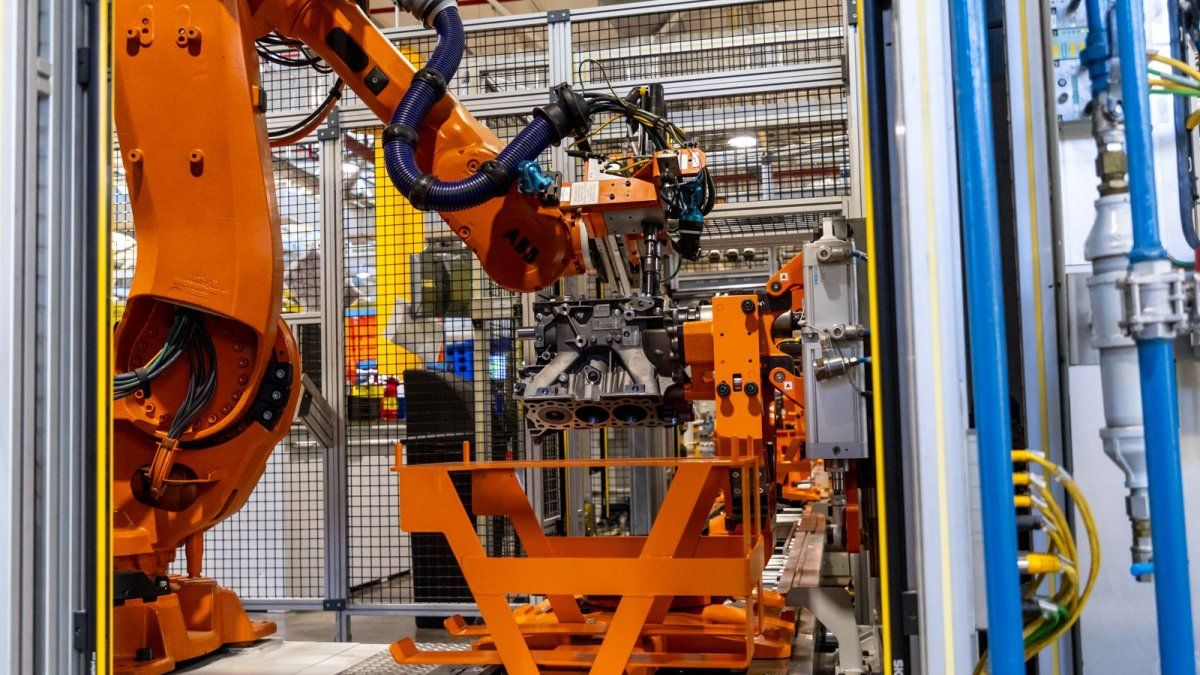The auto parts companies grouped in the Association of Argentine Component Factories (AFAC) they do not hide their concern due to the impact that the fall in economic activity is having on this industry.
This is reflected in the marked drop in the import of inputs and also in lower export performance. As a result of all this, the sector’s trade deficit continues to accumulate.
Faced with this situation, Juan Cantarella, Executive President of AFAC, took advantage of the dissemination of the latest sector statistics to ask the national government to implement measures that help improve the competitiveness of the entire automotive value chain. Furthermore, he made it clear that the RIGI regime does not meet the needs of all links of this activity.
“Trade imbalances in the auto parts sector require an approach from multiple points of viewcovering both strategic decisions by the entire automotive value chain as well as the need to move very quickly on an agenda to improve competitiveness“Cantarella said.
And he added: “This is essential in a production chain like the automotive industry where most of the production depends on exports, which in this case would be 61.7%.”
Along the same lines, the director of the auto parts chamber said: “The speed with which the country’s competitiveness and industrial development is improved must go in parallel, at least, with the measures to open international trade.”.
At this point, he stressed that “a stable and predictable framework like the one in which progress is being made It is a fundamental condition to generate investments. But instruments that integrate the entire automotive value chain must be added to the RIGI and other regimes.“Cantarella clarified.
The figures of the auto parts trade deficit
The auto parts manufacturers’ proposals are based on concrete data. According to the latest report “Foreign Trade in Auto Parts” prepared by AFAC, corresponding to the first eight months of 2024, The trade balance of auto parts presented a deficit of US$5,703 million in that period. The balance was reduced by 12.8% compared to the same period in 2023, “explained in part by the impact of the drop in the level of activity on imports,” the study highlighted.
Thus, the detail of foreign auto parts trade until August of this year shows that exports fell 2.7%closing the period analyzed at a value of US$864 million.
Meanwhile, Auto parts imports decreased by 11.6% year-on-year during January-August 2024, reaching US$6,567 million.
When analyzing vehicle production, during the same period, the report details that 312,822 units were manufactured, 23.4% less compared to 2023. This drop was accompanied by imports of auto parts, but in a much less pronounced proportion, explains .
Among the main items marketed, “Transmission” recorded a deficit of US$1,244 million, due to US$1,556 million in imports and US$311 million in exports. Then, “Engine components” had a deficit of US$910 million, with US$1,040 million in imports and US$130 million in exports.
Finally, the “Electric” category accumulated a deficit of US$901 million, due to US$930 million in imports and US$28 million in exports.
Argentina’s main trading partner in the sector continued to be Brazil, with a trade deficit of US$1,602 million due to imports of US$2,167 million and exports of US$566 million.
Behind was the European Union bloc, with a negative balance of US$1,240 million, with US$1,315 million in imports and US$75 million in exports.
In third place appears Thailand, with a deficit of US$733 million due to imports for an amount of US$733 million and exports for US$524,967).
Japan had a trade deficit of US$622 million, with imports of US$622 million and exports of US$410,016. With the United States, a deficit of US$422 million was accumulated, with US$468 million in imports and US$45 million in exports.
Source: Ambito
I am an author and journalist who has worked in the entertainment industry for over a decade. I currently work as a news editor at a major news website, and my focus is on covering the latest trends in entertainment. I also write occasional pieces for other outlets, and have authored two books about the entertainment industry.




